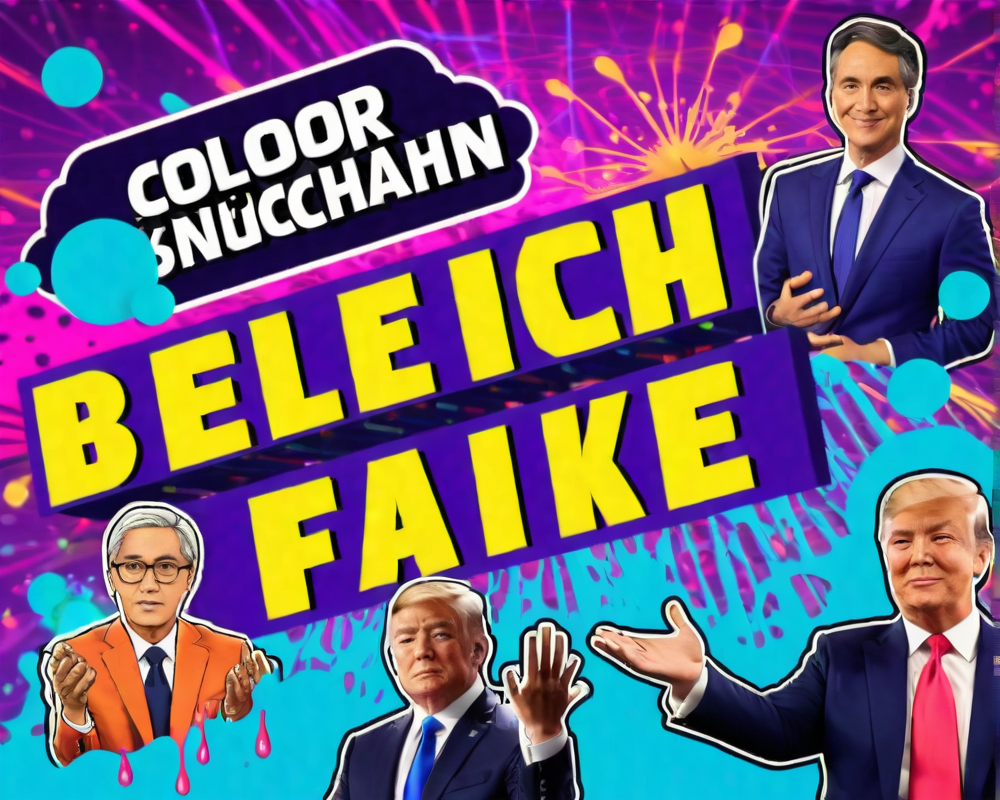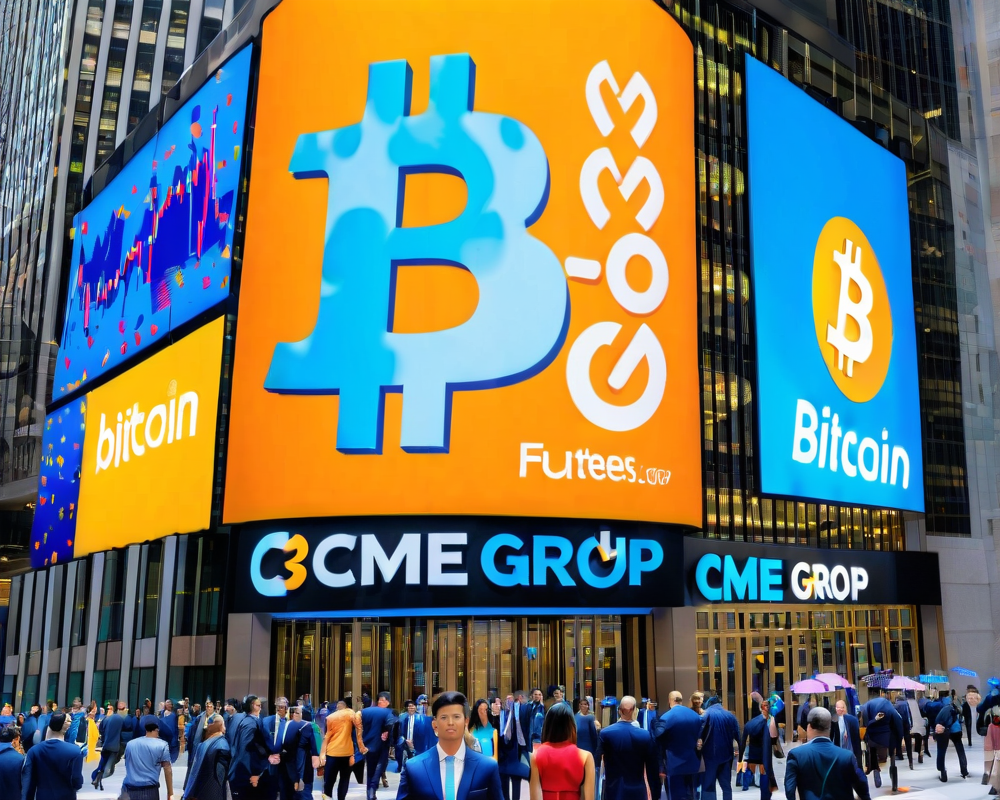The Deepfake Dilemma
In today’s digital world, it’s hard to tell what’s real and what’s not. Deepfakes, those AI-generated videos that replace reality with fake statements from recognizable figures, are wreaking havoc. Imagine seeing a video of a famous politician saying something outrageous—something they never actually said. This isn’t just entertainment; it can distort how we understand the people in power.
What Are Deepfakes?
Deepfakes use advanced machine learning techniques to create videos that convincingly manipulate reality. They take on the likeness of public figures, and with a sprinkle of AI magic, they make it look like those individuals are spewing false information. It’s alarming how realistic they have become. More than just a technological curiosity, they pose serious risks to our trust in media.
Enter Blockchain: The Reality Guardian
If only there was a way to ensure what we see is legitimate, right? Enter blockchain technology—the unsung hero we never knew we needed. You see, blockchain goes beyond keeping our cryptocurrencies safe; it can also verify the authenticity of digital media. Like a digital bodyguard for our visual content!
The Magic of Verified Capture
Imagine this: every piece of media—a video, a GIF, or an audio clip—could be cryptographically signed, geotagged, and timestamped right at the source. This process, known as “verified capture,” allows us to establish where and when the media was created. It’s like planting a tiny, digital flag on each piece of content saying, “This is where I came from!” But wait, there’s more—
- Each media item can be assigned a cryptographic hash, a unique string that represents its original form.
- By comparing hashes, we can easily spot manipulations. If the hash doesn’t match, that video of your favorite celebrity likely skipped reality!
Trust and Technology: A Delicate Balance
Now, let’s get real—while blockchain offers solutions, it’s not a magic wand that solves everything. As media forensics expert Hany Farid points out, fully functional systems for combating deepfakes might still be years away. This technology is complex, and not everything in the realm of blockchain is as secure as it seems. No system is infallible, after all.
Understanding Blockchain Vulnerabilities
Blockchains can be subject to vulnerabilities—like attacks on their governance structures or those pesky 51% attacks that have troubled the crypto community. What we need is a strong dose of common sense: while we can trust tech to an extent, we should remain vigilant and not place blind faith in it.
Think of It Like Tamper-Proof Packaging
Corin Faife, senior coordinator for Witness, hit the nail on the head with an analogy. When items are packaged for sale at a supermarket, we trust that the seal means they haven’t been tampered with. It doesn’t guarantee the food will taste good, but it assures us that it wasn’t messed with on its journey to us. So, think of blockchain measures as a similar kind of protective seal for video content. It won’t confirm the truth, but it signals that what you’re seeing hasn’t been altered since its capture.
Conclusion: Tools to Tackle the Deepfake Threat
As deepfake technology continues to improve, it’s reassuring to know we have solutions like blockchain to help us combat the threat. While it won’t solve all our problems, it can serve as a valuable tool in the battle for truth in a world rife with deception.




